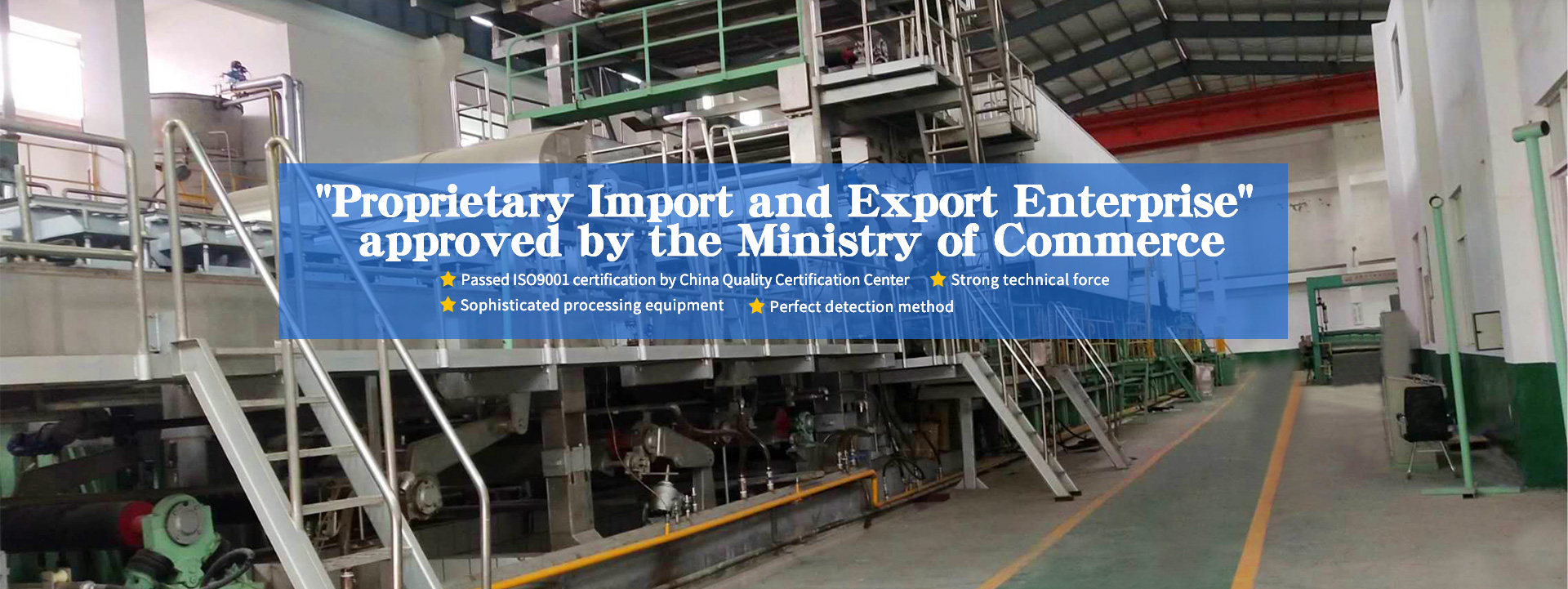The pulping and papermaking processes in the papermaking industry are the main sources of papermaking wastewater.
Pulping is to separate the fibers from the tree raw materials, make fiber slurry, and then bleach; papermaking is to dilute the fiber slurry, shape, press, dry, and then make paper. Both processes discharge large amounts of waste water. The wastewater produced by pulping is seriously polluted. Concentration of pollutants in waste water discharged during washing is very high, BOD is as high as 10-36g/L, and contains a lot of plant fiber, inorganic salt and pigment. The wastewater discharged from the bleaching process also contains a large amount of acid and alkali substances. The waste water discharged from the papermaking machine contains a large amount of fibers and fillers and rubber materials added during the production process.
The treatment of wastewater from the papermaking industry should mainly increase the utilization rate of circulating water, reduce water consumption and discharge of wastewater from the papermaking industry. At the same time, various reliable, economical and can make full use of useful resources in wastewater treatment methods are also required. In addition, * also use reverse osmosis, ultrafiltration, electrodialysis and other treatment methods.
Paper industry wastewater is one of the world's major pollution sources. Paper industry wastewater contains wood fiber, residual alkali, sulfide and high-concentration organic wastewater. Its characteristics are high COD concentration, large amount of waste water, and mercaptan compounds make paper industry waste water emit a pungent stench.
How to deal with the sewage generated in the production process of paper machine?
Paper industry wastewater treatment methods include physical treatment, chemical treatment and biological treatment.
In the physical treatment method, the adsorption method uses the specific surface area of ??the adsorbent, which has a certain adsorption performance, and separates the organic matter in the papermaking wastewater. Electrodialysis is a membrane separation operation that uses the potential difference as the driving force and uses the selective permeability of the ion exchange membrane to remove or enrich the electrolyte from the solution. Sonic membrane electrolysis technology can significantly improve the recovery and treatment effect of papermaking wastewater.
In the chemical treatment method, the hydrothermal oxidation method is an effective new chemical oxidation technology. It uses air or oxygen and other oxidants in a hot water tank under high temperature and high pressure operating conditions to remove the dissolved state and suspension in the papermaking wastewater. State organic matter or reduced inorganic matter is oxidized and decomposed in the hot water tank. The wet oxidation method uses oxygen or air as the oxidant at high temperature (120~400℃) and high pressure (4~25MPa) to oxidize dissolved or suspended organic matter or reduced inorganic matter in water to generate carbon dioxide and water. Kind of treatment.
In biological treatment method, aerobic biological treatment method uses aerobic microorganisms (mainly aerobic bacteria) to degrade pollutants under aerobic conditions. Anaerobic biological treatment is a treatment technology that uses facultative anaerobes and obligate anaerobes to degrade organic pollutants under anaerobic conditions.
 Chinese
Chinese English
English








